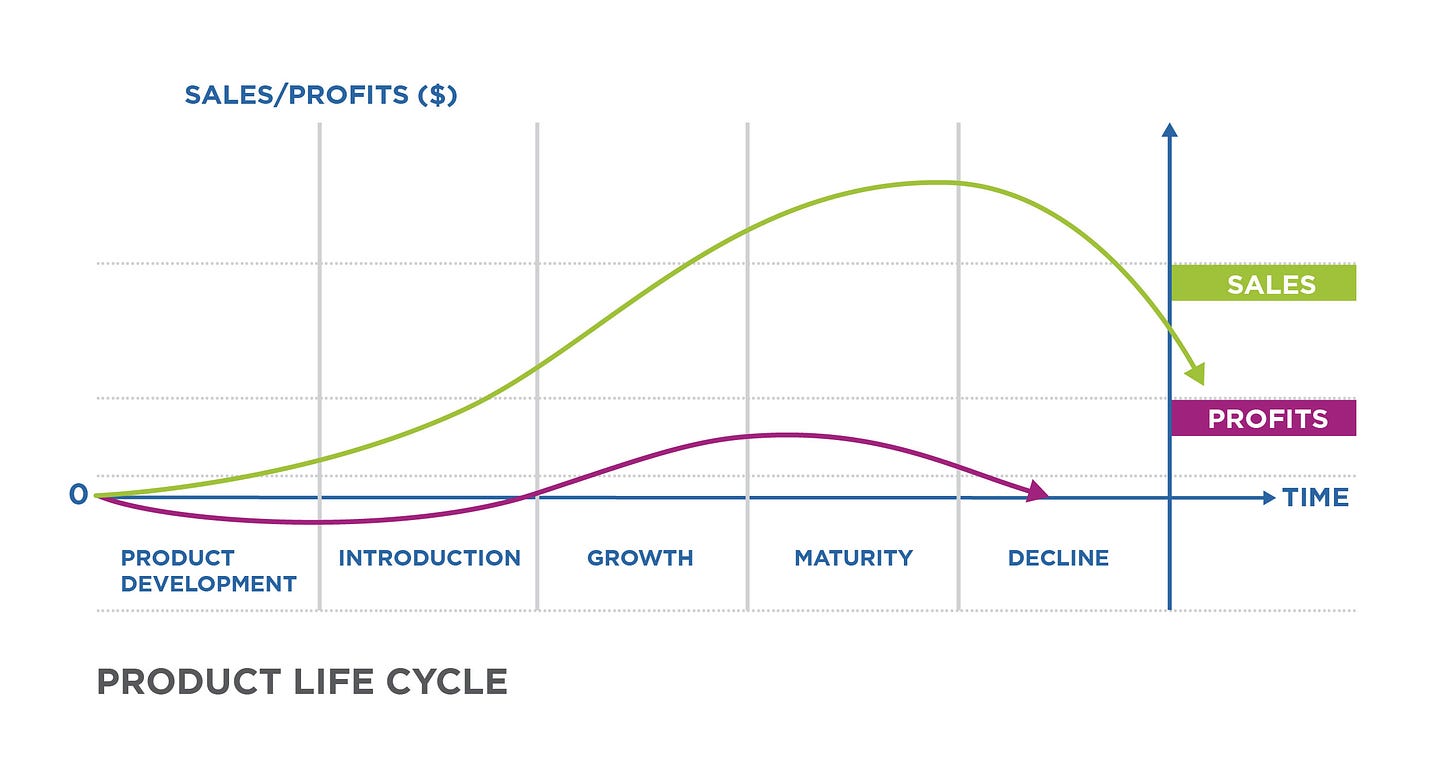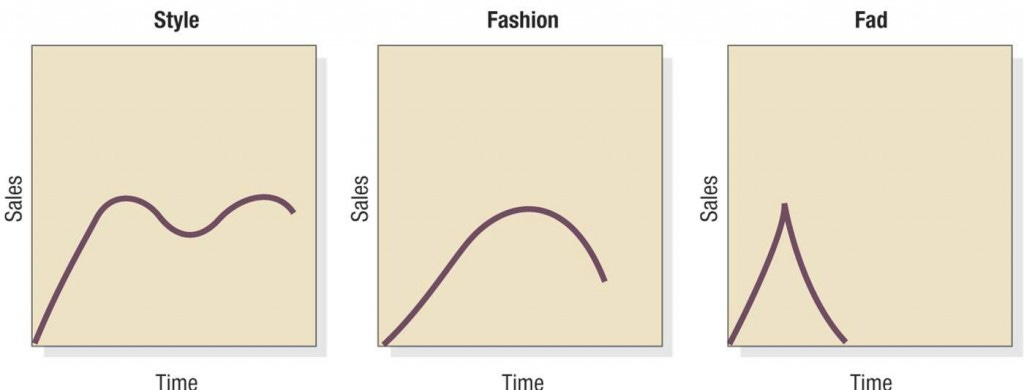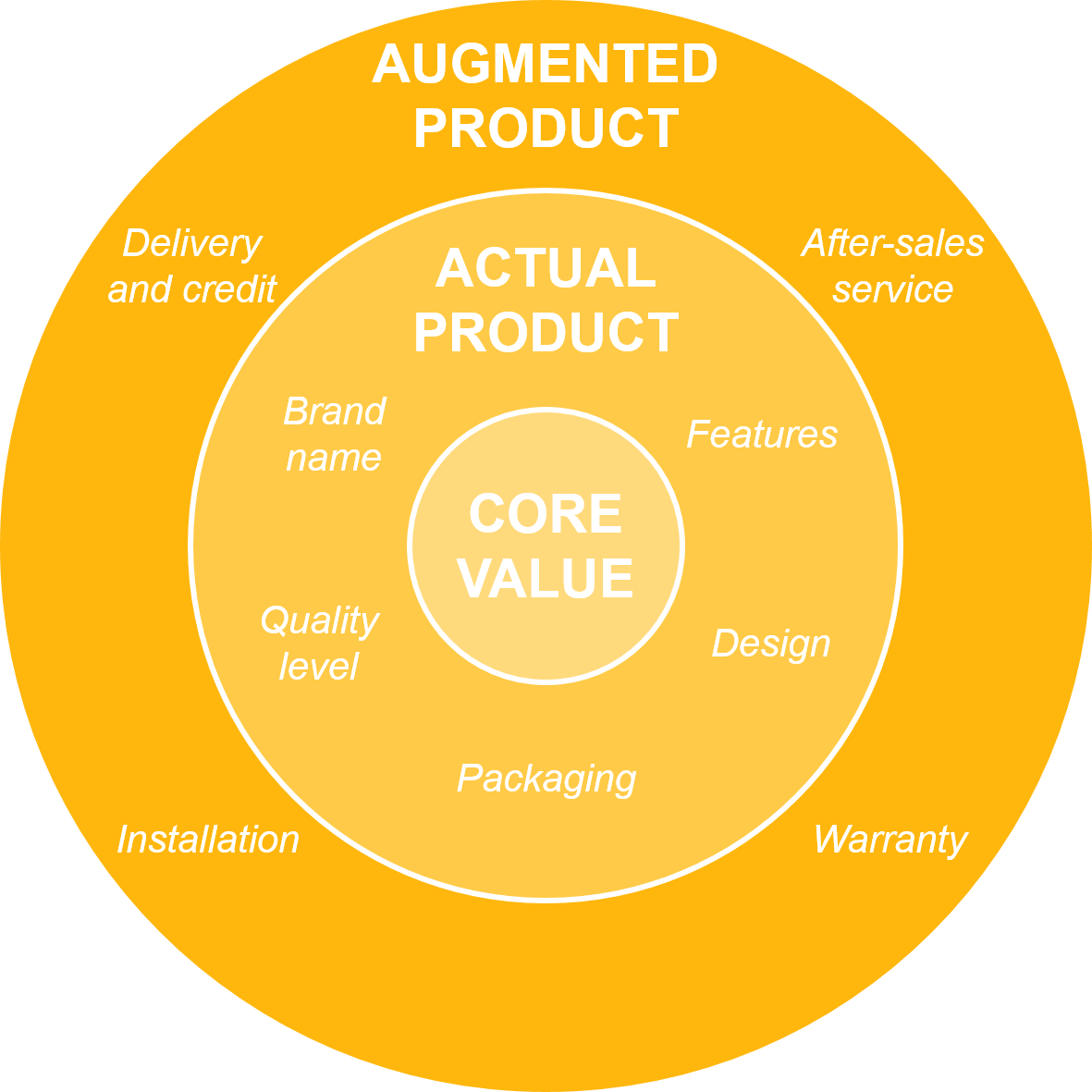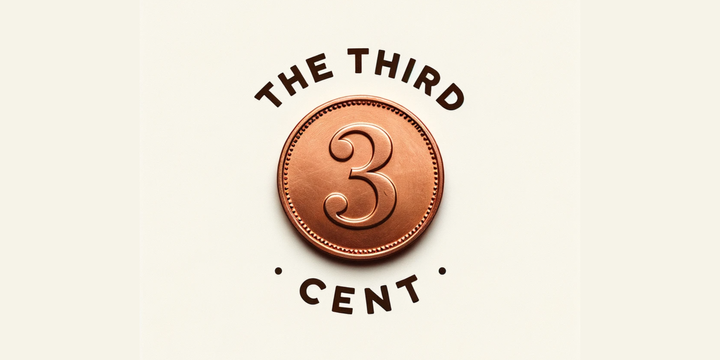SADMAN - Session 2 - Introduction to Selling

Debunking assumptions, ridding the comforts of certainty, and embracing uncertainty.
From the last class:
In the first class of the sales and distribution management course (which I shall henceforth call the SADMAN Course for obvious reasons) we tried to understand how sales had a lot to do with listening to the customer and understanding her needs. We also discussed how many of the key concepts that you studied in marketing research can be used in the context of sales. In the true spirit of salesmanship, I also tried to listen to your requirements from the course. Let me report that I have not made much progress in updating the course outline so far, but I shall be doing this over the weakened and reporting back to you soon.
Evolution of Selling over the centuries:
In the second session of SADMAN, we discussed began by trying to understand how selling emerged as an organisational function. Before the industrial revolutions (this is broadly the time before 1750), production and consumption co-occurred. This meant that those who supplied goods and services and those that demanded spoke to each other (possibly iteratively) and co-created tailored offerings. To be honest, this meant that there was not much in the form of choice for consumers. What little was available was available only to those who could afford it. Quality of life for most people was possibly not very great. All this changed with the dawn of the industrial revolution.

While the first industrial revolution (think of this as the years between 1750 and 1850) did come with its fair share of issues such as child labor, odd working hours, and horrible living conditions. You would be right in wondering why this was the case. Before these years, it was not normal for people to hold a job. Most people had land (property rights were still in their infancy at this time). They indulged in agriculture or foraging for their basic food requirements. There was really no incentive for people to leave behind their homes in villages located across the country and move to cities. How did this occur? The answer is primitive accumulation. Different people have different views on this matter – Let me do a bit of copy paste from Wikipedia to give you a glimpse.
“Adam Smith's account of primitive-original accumulation depicted a peaceful process, in which some workers labored more diligently than others and gradually built-up wealth, eventually leaving the less diligent workers to accept living wages for their labor. Karl Marx rejected this account as "childish" for its omission of violence, war, enslavement, and colonialism in the historical accumulation of land and wealth. Marxist Scholar David Harvey explains Marx's primitive accumulation as a process which principally "entailed taking land, say, enclosing it, and expelling a resident population to create a landless proletariat, and then releasing the land into the privatized mainstream of capital accumulation". But we digress from the main idea we discussed in class here.
The revolution did not care too much for customisation. Entrepreneurs produced limited, standardised offerings in truly massive scale. The processes may have also involved multiple countries. For instance, Cotton from India imported into London (albeit at extremely low prices using monopolistic practices by the East India Company), converted into fabric, and exported to markets across the British Empire. On the positive side, the horrors of the revolution meant that costs came down drastically and people were able to afford several products and services that were once considered a luxury. Average life improved drastically. Things became even better for the masses over the course of the second industrial revolution when more mechanisation occurred and many process changes such as the introduction of production lines and electrical machining became prevalent. With mass manufacturing came mass selling. Remember the time when supply and demand cooccurred? That time has passed. This separation led to the creation of more complex products and services while at the same time not listening to the customer (newer techniques would have to be invented to listen to customers – Hi marketing research!). Remember that famous Henry Ford quote, "Any customer can have a car painted any colour that he wants, so long as it is black."? It is in this age that act of ‘hard selling’ would become the norm across many industries. In many ways the ‘production orientation’ and ‘selling orientation’ that Theodore Levitt describes in the Marketing Myopia are two sides of the same coin. Like all things, this too passed. What followed is the age of the consumer. Consumers today are simply spoilt for choice and have so many firms actively listening to them and trying to find out how they can add value. This meant that the type of hard selling that was possible just a few decades ago may no longer be possible. Sales had to change. You all shall be the harbingers of that change.
Selling can no longer be simply pushing products into the market. It cannot be simply order taking or providing credit to retailers. It cannot be a process that is deaf to the needs of consumers. What sales needs and has rightly turned out to become is an activity involving excellent relationship management, data analysis and adaptation to market realities. In that light, some of the learnings that we have had from the selling era need to be unlearned to make way for a fresh wave of thinking and action. One of those issues has to do with the product life cycle.
The product life cycle:
The product life cycle is one of those concepts that has found its way into marketing text books for 75 years. Simply put, the concept assumes that products, much like living organisms, have a life cycle. This cycle starts with the introduction, proceeds to growth, then matures, and finally declines. Found below is an illustrative diagram of the same.

There are several issues with this particular chart. Some of these issues are in the realm of operations, while the others are purely philosophical.
First, not all products charter such a course. In fact, Kotler himself agrees to this. A quick glimpse into his more recent text books would reveal this chart (found below). Hence, using the PLC can be dangerous. At best, it can be used a post mortem device after the product is dead. You have no real way of knowing anything while the ‘product’ is still alive.

Second, what exactly is the ‘product’ in the PLC? One of the other charts that you see in most text books is this one.

This interesting diagram tells us that at the core of any product is the solution or the value that it offers customers. The actual Features - Advantages - Benefits (FAB, something we will cover in a later class) is something that constitutes the ‘actual product’. In essence, what this means is that both Uber and Hyundai offer pretty much the same core product (transportation), but they differ in terms of the actual and augmented products. Now, which ‘product’ are we talking about when we discuss the PLC? Let’s assume we talk about the the actual product (just for argument sake). Would you measure just Hyundai’s car sales? or would you assume all car sales? just sedans maybe? Where should one draw the line?
Third, the Product life cycle assumes that all of us (yes, I’m a salesman at heart. Will always be) have no agency. What I mean by that is that it implicitly assumes that we all have to go through the ups and downs that the chart represents. Maybe not explicitly, but implicitly. It leads us to have reduced “managerial imaginativeness” (I’m borrowing this from Levitt), and that’s just sad. We should be more like John D Rockefeller who in 1863 sent kerosene lamps to China to spur demand for oil (something that his firm, the Standard oil company sold). The rest as we know it is history.
I think it can be safely said that the product life cycle is a force fit model that we tend to use a lot because we like to sound scientific. It is no such thing in reality. Companies keep evolving and can live on in perpetuity. Products can be upgraded and modified over the years (Coke has not been the same in the last 100 years btw). There is no real ‘life cycle’ that products will have to adhere too. What the concept has essential done is to lend some veiled method to the madness that is sales forecasting. (We will discuss this in greater detail in subsequent classes).
Closing remarks:
Sales is all about the art of the possible. If you can see your product adding value to a consumer somewhere, that’s where you should be. If you can possibly understand the consumers needs well enough, you can develop a new product for others like them. Sales today is no longer the order taking, credit intense activity that those who wrote many of the textbooks we use thought it to be. It is a process oriented, cross functional, and strategic activity that everyone from the CEO to the janitor have to be involved in. Period. See you in class soon! Happy learning!!



